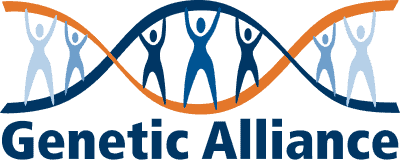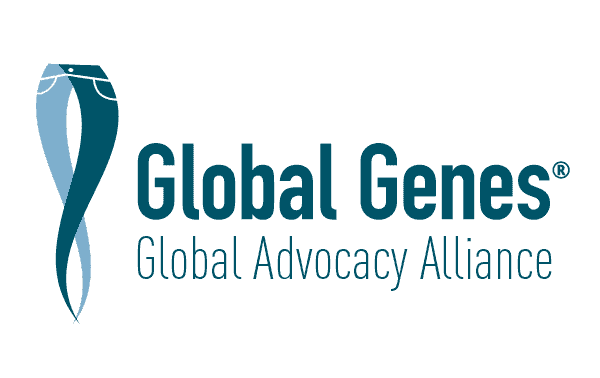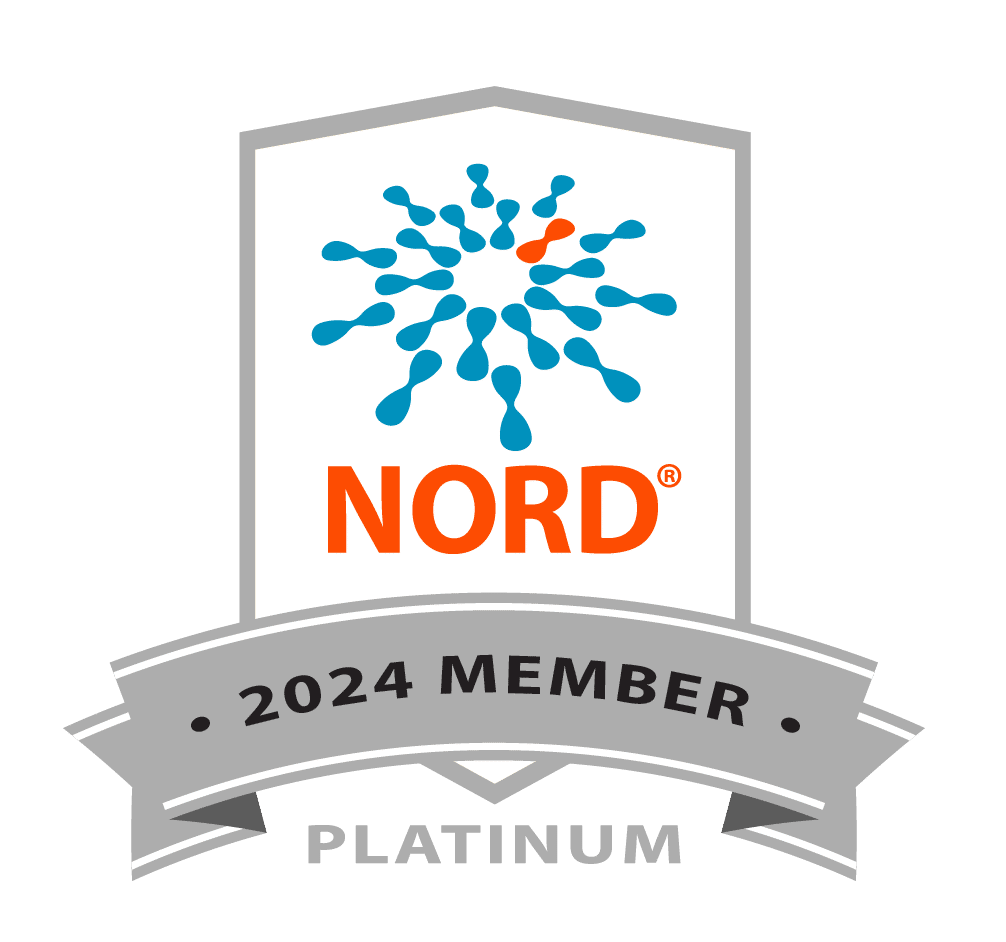Amy E. Roberts, MD Boston Children’s Hospital Harvard Medical School
Given the prevalence of Ras mutations (20% of malignancies) and ERK hyperactivation due to activating mutations in Ras or BRAF (30% of human cancers), the development of inhibitors of the Ras/mitogen – activated protein kinase (MAPK) pathway has been of profound interest to cancer researchers. Noonan syndrome mutations are also activating and the question has been raised if these drugs might also be useful as systemic therapies after birth. Choosing phenotypic targets requires detailed knowledge of the natural history (what is the expected disease progression so it can be determined if treatment has actually changed anything). Genotype phenotype correlations for a given feature help in selection of appropriate populations to treat. There must also be reliable end points to measure to determine the efficacy of the treatment. Finally, it is imperative that efficacious doses avoid severe toxicities for a treatment that will likely be needed long term if not lifelong.
Treatment of short stature is the only extensively used and evaluated therapy for NS to date and our experience thus far will be discussed. Pharmacogenomically informed treatment of learning issues and cardiomyopathy, reported in animal models, will also be reviewed.




